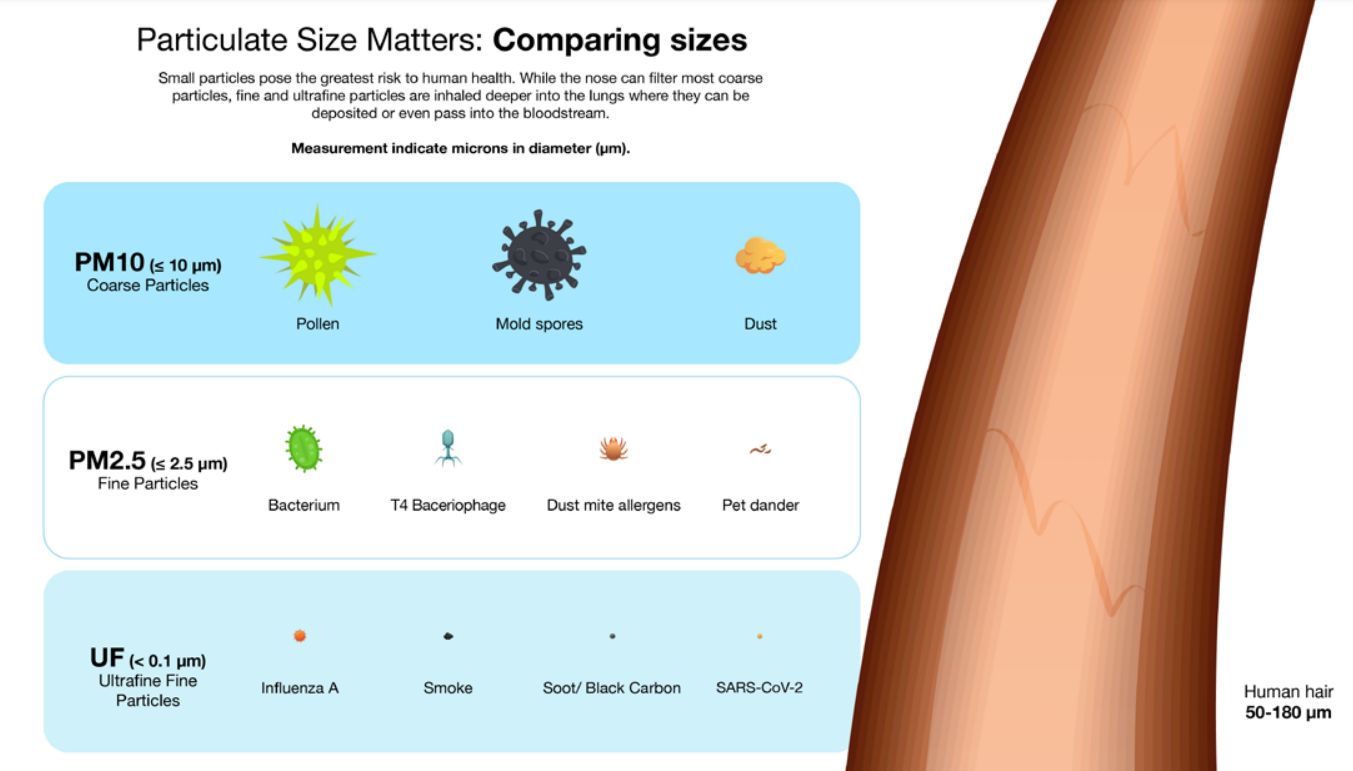Haryana
Stubble Burning
- 18 Feb 2025
- 4 min read
Why in News?
A study published in January 2025, based on field measurements, airmass trajectories, and chemical transport models, found no linear correlation between stubble-burning events in Punjab and Haryana and PM2.5 concentration in Delhi-NCR.
Key Points
- Limited Impact of Stubble Burning:
- Researchers found that crop residue burning in Punjab and Haryana contributes only about 14% of PM2.5 in Delhi-NCR, making it an insignificant primary source of pollution.
- Despite a 50% decline in stubble-burning incidents from 2015 to 2023, PM2.5 concentration in Delhi-NCR remained fairly constant, indicating other major pollution sources.
- Scientific Observations on Air Pollution:
- Researchers from the Research Institute for Humanity and Nature (RIHN), Kyoto, confirmed that PM2.5 variations in Delhi-NCR do not directly correlate with fire counts in Punjab and Haryana.
- Stubble burning largely stops after November, yet Delhi-NCR’s air quality index has remained in the "very poor" to "severe" category every winter since 2016 due to stagnant winds, lower mixing heights, and inversion conditions.
- Key Findings on Pollution Sources:
- In 2023, CO concentration at night was 67% higher than during the day in Delhi-NCR, compared to 48% in 2022, while Punjab and Haryana showed clear day-night variations only during peak stubble-burning periods.
- Even during the peak crop residue burning season (October-November), local industrial and anthropogenic sources contribute more to PM2.5 than stubble burning.
- During the Graded Response Action Plan (GRAP) Stage III and IV periods, strict controls on transport and construction significantly reduced PM2.5 levels, but once restrictions were lifted, pollution levels surged again.
- Major Contributors to PM2.5 in Delhi-NCR:
- Transport Sector – 30%
- Local Biomass Burning – 23%
- Construction and Road Dust – 10%
- Cooking and Industry – 5-7%
- Unaccounted Sources – 10%
- Stubble Burning – 13% (only in October-November)
The Graded Response Action Plan (GRAP)
- About:
- The GRAP consists of emergency measures designed to prevent the deterioration of air quality after reaching specific thresholds in the Delhi-NCR region.
- The Ministry of Environment, Forests & Climate Change (MoEF&CC) notified the GRAP in 2017.
- Commission for Air Quality Management in NCR & Adjoining Areas (CAQM) implements the GRAP.
- Implementation: It is implemented under four stages:
- GRAP is incremental in nature and thus, when the air quality dips from ‘poor’ to ‘very poor,’ measures listed under both sections have to be followed.
Particulate Matter (PM)
- Particulate matter, or PM, refers to a complex mixture of extremely small particles and liquid droplets suspended in the air. These particles come in a wide range of sizes and can be made up of hundreds of different compounds.
- PM10 (coarse particles) - Particles with a diameter of 10 micrometres or less.
- PM2.5 (fine particles) - Particles with a diameter of 2.5 micrometres or less.

.png)




